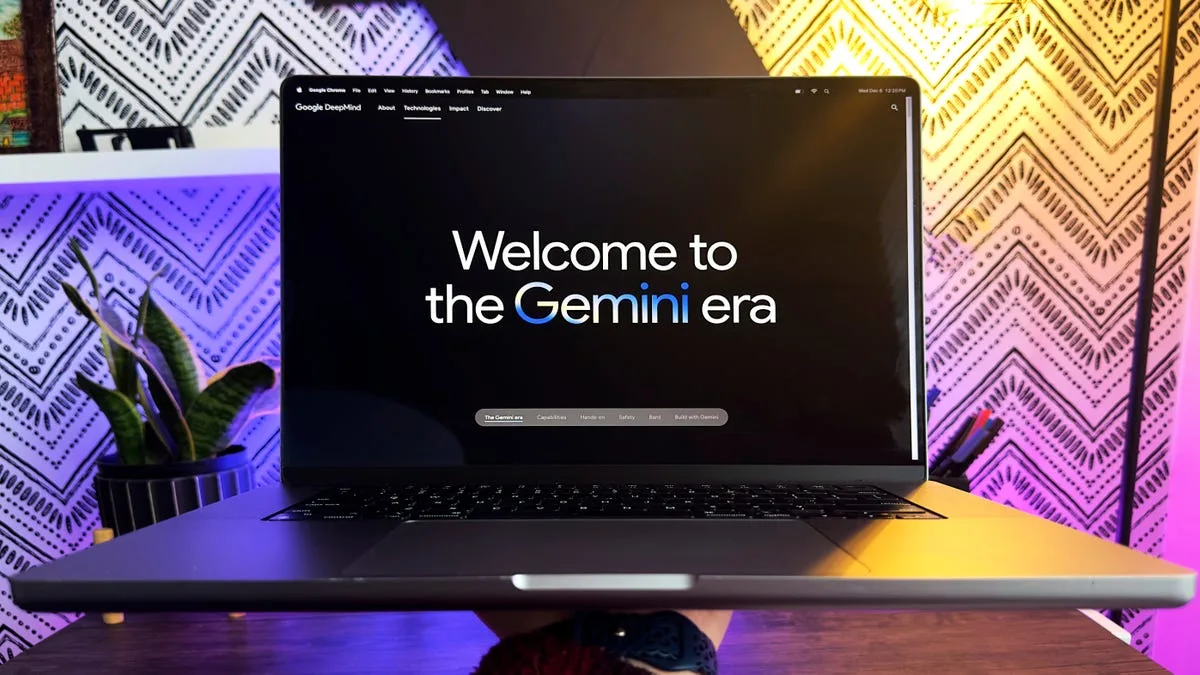Google’s Advanced Text to Image Technology: A Game Changer in AI Art
Introduction
Google and DeepMind have recently been making waves in the field of visual AI with their latest releases – Lumiere, the text-to-video technology, and now Image In 2, their most advanced text-to-image technology. These images generated by Image In 2 are photo-realistic, vivid, stunning, and accurate. Let’s take a closer look at what this technology is capable of, how it can be used, and what it means for Google.
Capabilities of Image In 2
Image In 2 uses a text-to-image diffusion technology to produce photo-realistic outputs and lifelike images. These images are going to be available in Google search generative experiences and Google Labs experiments called Image Effects. Developers will also have access to the Image In 2 API in the cloud, opening up a world of possibilities.
Examples of Text to Image Generation
Here are some examples of text prompts and the images they produced using Image In 2:
- Text Prompt: “A long-haired miniature dog on a couch”
- Result: An image of a dog on a couch which looks incredibly realistic and detailed.
- Text Prompt: “Jellyfish on a black background”
- Result: An image of a jellyfish on a black background, beautifully rendered and lifelike.
- Text Prompt: “An oil painting of an orange on a chopping board”
- Result: A stunning oil painting of an orange on a chopping board with intricate details and realistic lighting.
Improvements in Image Caption Understanding
Image In 2 has improved image caption understanding and added further descriptions to image captions in its training set. This leads to more accurate and detailed image generation based on text prompts.
Realistic Image Generation
Image In 2 focuses on generating realistic hands, human faces, and minimizing visual artifacts that can sometimes occur in AI-generated images. The technology also includes a specialized image aesthetics model based on human preferences for lighting, framing, exposure, sharpness, and more.
Fluid Style Conditioning
One of the key features of Image In 2 is its fluid style conditioning, which provides a high degree of flexibility to control and adjust the style of the image. By providing reference style images and text prompts, users can condition Image In 2 to generate new imagery that follows a specific style.
Advanced Inpainting and Outpainting
Image In 2 allows users to generate new content directly into an original image (inpainting) or extend the original image beyond its normal borders (outpainting). This feature enhances creativity and opens up new possibilities for image manipulation.
Enterprise-Ready Features
Google’s Image In 2 is also equipped with an API in Vertex AI that allows for high-quality, high-resolution image generation, logo creation, and product shots. This Enterprise-ready tool enables users to interact with, tune, customize, and embed Foundation models into their applications without the need for ML expertise.
Copyright Indemnification
Google has implemented a two-pronged copyright indemnification approach to protect users from legal troubles when using Image In 2 and Vertex AI for image generation. This ensures that users can safely use AI art for commercial purposes without facing copyright issues.
Conclusion
Image In 2 is a groundbreaking technology that is pushing the boundaries of AI art and image generation. With its photo-realistic outputs, advanced features, and Enterprise-ready capabilities, Image In 2 is set to revolutionize the way we create and interact with digital art. As Google continues to improve this technology, we can expect to see a rise in AI-generated content across various industries. The future of AI art looks bright with Image In 2 leading the way.







